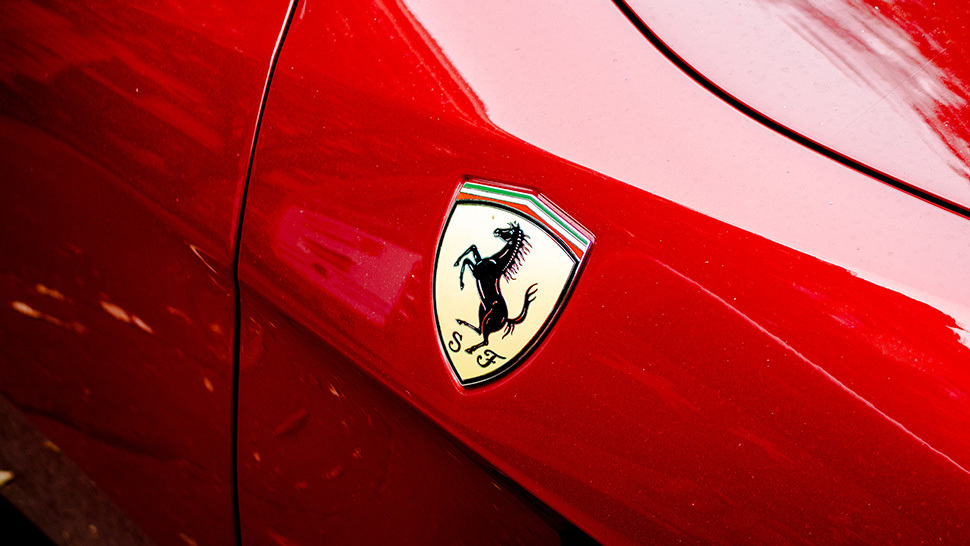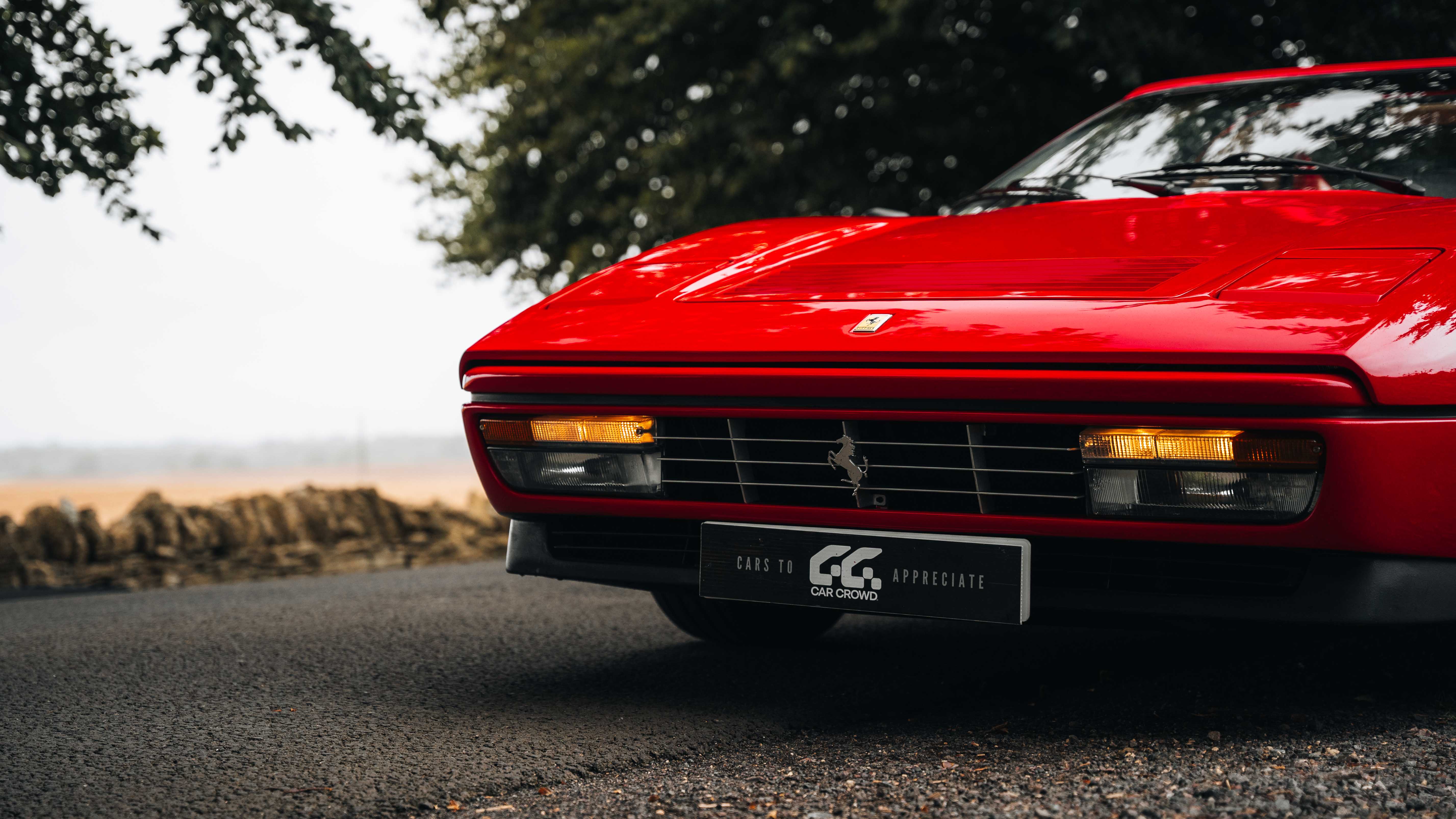The Harmony of High-End Instruments and Alternative Investments
The Crescendo of Passion Assets in Alternative Investments
In the world of alternative investments, few categories strike a chord quite like high-end musical instruments. These finely crafted objects aren’t just conduits of sound—they’re instruments of cultural heritage, masterful craftsmanship, and increasingly, appreciating value.
From Stradivari violins fetching millions to limited-run Fender guitars attracting six-figure bids, the instrument market is tuning up for investors who want more than just numbers on a screen. They want beauty, provenance, and resonance - both literal and financial.
What Makes an Instrument Investment-Worthy?
Much like wine, art, or classic cars, not all instruments are created equal. Several elements play into whether a violin, guitar, or piano will appreciate in value:
• Provenance and History: Instruments with a documented history of use by notable musicians or performances often command a premium.
• Craftsmanship and Brand: A 17th-century Stradivarius or an original Gibson Les Paul is considered a benchmark of quality, often impossible to replicate today.
• Condition and Playability: Instruments in excellent condition, especially those that remain playable, are far more desirable to both musicians and investors.
• Scarcity: Limited editions, discontinued lines, or custom commissions add a layer of exclusivity.
Violins That Break Records—and Expectations
Let’s start with the gold standard of musical instrument investing: the Stradivarius violin.
Stradivari’s Timeless Sound
Antonio Stradivari, the famed 17th-century Italian luthier, is said to have made over 1,100 instruments, of which roughly 650 survive. In 2011, the “Lady Blunt” Stradivarius sold at auction for $15.9 million. Another, the “da Vinci, ex-Seidel,” fetched $15.34 million in 2022.
The value lies not only in craftsmanship and rarity but in cultural prestige. These instruments are played by top-tier soloists and often loaned by foundations and museums. They’re as much status symbols as they are sonic marvels.
Guarneri and Amati: The Other Titans
While Strads are king, instruments by Guarneri del Gesù and the Amati family also command millions. Violins by these makers have performed on the world’s most renowned stages, giving them provenance as rich as any Rembrandt.
Modern Luthiers Enter the Investment Conversation
Contemporary master luthiers like Samuel Zygmuntowicz and Gregg Alf are gaining attention from musicians and collectors alike. Their violins, often used by top performers, have appreciated in value significantly over the past two decades. A modern Zygmuntowicz can fetch upwards of $100,000.
When Strings Meet Six Figures: The Rise of Vintage Guitars
Guitars, particularly those tied to iconic musicians or periods in rock history, have developed a thriving submarket.
Hendrix, Clapton, and Cobain
Eric Clapton’s “Blackie” Fender Stratocaster sold for $959,500 in 2004. A 1959 Gibson Les Paul Standard—a holy grail for guitar collectors—can sell for $500,000 or more. Kurt Cobain’s Martin D-18E acoustic guitar, famously played during Nirvana’s MTV Unplugged session, set a record when it sold for $6 million in 2020.
These instruments are often both museum pieces and playable investments. Their market value is bolstered by rock lore, visual familiarity, and sonic reputation.
The Fender and Gibson Effect
Vintage Fenders and Gibsons, particularly those from the 1950s and 60s, have seen significant appreciation. A pristine 1954 Fender Stratocaster - the first year of production - might fetch north of $250,000. A sunburst Les Paul from 1959? Even higher.
Signature Series and Artist Collaborations
Limited runs of signature models - such as the Jimmy Page “Number One” Les Paul or Eric Johnson Stratocasters - have become collector staples. These instruments often appreciate due to both scarcity and the cachet of their namesakes.
Pianos with Provenance
While less frequently traded due to their size and logistics, pianos also hold a place in the high-end investment conversation.
Steinway and Sons: The Gold Standard
Limited-edition Steinway grand pianos, especially those with custom finishes or artist collaborations, have gained collector interest. One custom-designed “Fibonacci” Steinway sold for $2.4 million.
Historic Concert Instruments
Pianos once owned or played by legendary composers and performers can fetch significant sums. For example, a Blüthner grand used by The Beatles during Abbey Road sessions sold for over $1 million.
Collector’s Appeal in Uprights and Baby Grands
Smaller pianos owned by cultural icons—such as the Baldwin used by Ray Charles or upright pianos from Hollywood films—are entering auctions with impressive valuations, highlighting a broader base for piano-based investing.
The Market Behind the Music
Why are investors tuning in?
• Low Correlation: Instruments are largely unaffected by stock market volatility.
• Cultural Legacy: They carry heritage and prestige, often increasing with time.
• Usability: Unlike art or wine, instruments can still be played, exhibited, or even rented.
• Passion Appeal: Investors often buy for both aesthetic and emotional reasons.
Auction houses like Tarisio, Ingles & Hayday, and Gardiner Houlgate have facilitated the expansion of the instrument market into institutional-grade territory.
Emerging Markets and Rising Demand
Interest in musical instruments is growing in Asia and the Middle East, where affluent collectors and conservatories are seeking to preserve cultural legacy and showcase global prestige. This geographic diversification is injecting new capital and enthusiasm into the market.
Authentication, Appraisal, and Risk
As with any alternative investment, due diligence is crucial. Here’s what savvy investors must consider:
• Certification: Provenance and maker authentication from experts is essential. Forged labels are a known problem.
• Condition Reports: Instruments can degrade or suffer unseen damage. A qualified luthier should inspect any high-value piece.
• Insurance and Storage: High-end instruments require climate-controlled environments and specialized insurance.
• Liquidity: Selling a million-dollar violin isn’t as simple as flipping a stock. Auctions and private sales take time.
Fakes and Forgeries
The high valuations have also invited unscrupulous activity. From forged violin labels to misattributed guitars, the market has seen its share of fraud. Leveraging reputable dealers and independent expert appraisals is a non-negotiable step.
Case Study: The Violin Investment Fund
In 2020, a consortium of investors created a rare violin fund, buying up historic violins to lease to professional soloists. Investors received returns from leasing fees and long-term appreciation. The instruments were maintained by expert luthiers, preserving their value and functionality.
This model merges cultural preservation with financial acumen - an inspiring blend for modern investors.
The aShareX Take: Harmonizing Heritage and Opportunity
At aShareX, we view high-end musical instruments as more than beautiful objects. They are cultural touchstones with investment-grade potential. Our platform allows investors to participate in fractional and full ownership of museum-caliber instruments, vetted for authenticity and historical value.
In a world where financial returns increasingly intersect with emotional and cultural value, fine instruments stand as compelling alternative investments. Whether you’re a musician, a collector, or simply a curious investor, the time to explore this asset class is now.
Encore: A Final Note on Musical Assets
From Paganini’s violin to Hendrix’s Strat, music has always held transformative power. Today, that power extends into finance. High-end musical instruments are resonating not just in concert halls, but in investment portfolios worldwide.
So if you hear opportunity knocking, it might just be in perfect pitch.









Leave a Comment